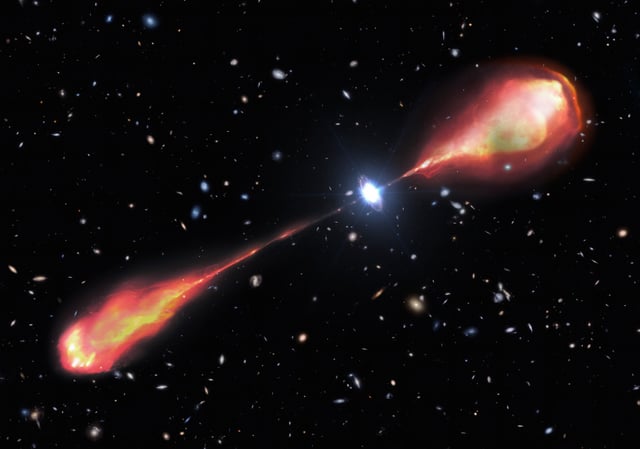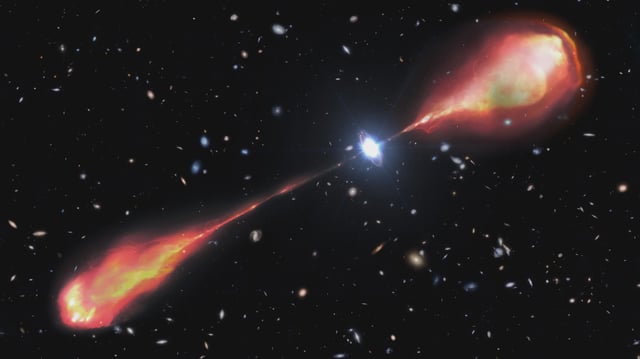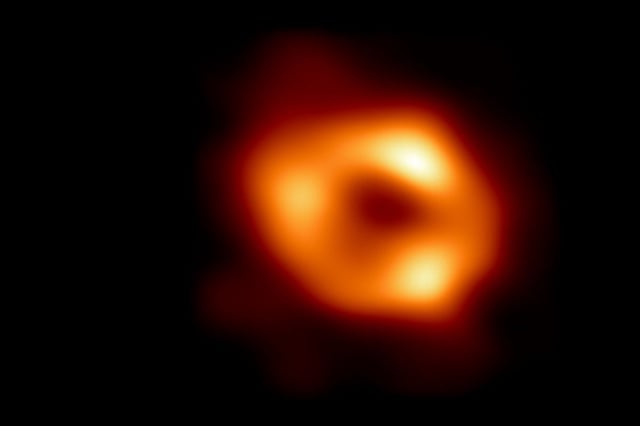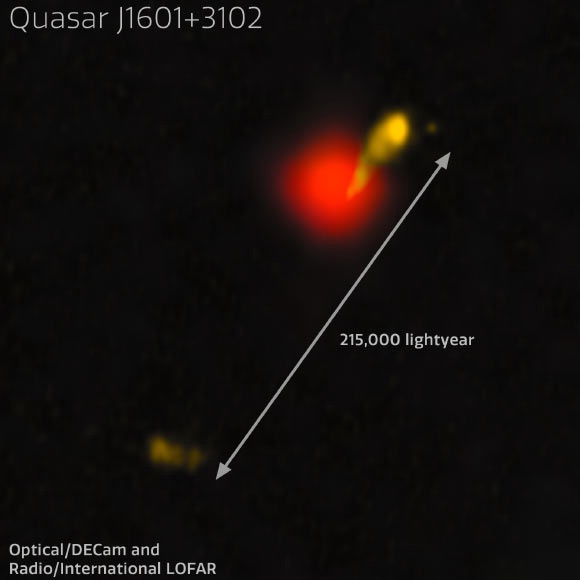Overview
- The radio jet, spanning 200,000 light-years, was discovered in a quasar named J1601+3102, dating back to when the universe was only 1.2 billion years old.
- This is the largest radio jet ever identified in the early universe, at least twice the width of the Milky Way galaxy.
- The discovery was made using the LOFAR Telescope, with follow-up observations conducted via the Gemini North and Hobby Eberly telescopes.
- The quasar's black hole is relatively small, at 450 million times the Sun's mass, suggesting massive jets can form without extremely large black holes.
- The findings help scientists understand the formation of the first radio jets and their role in the evolution of galaxies during the universe's early stages.



